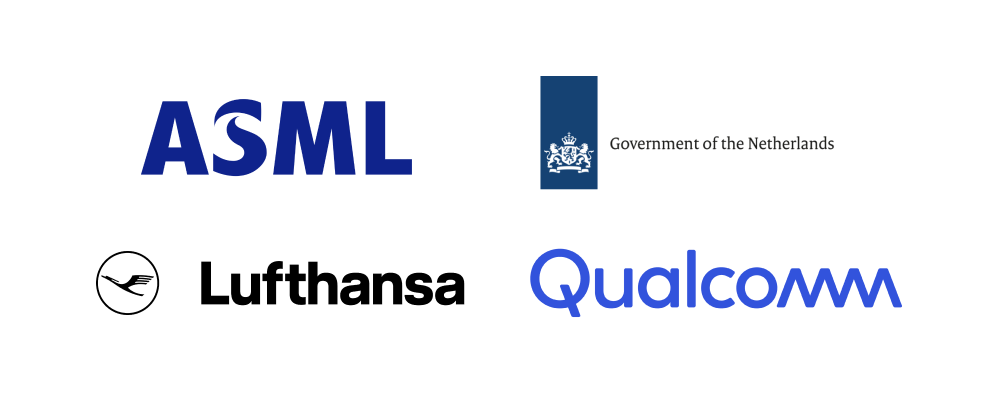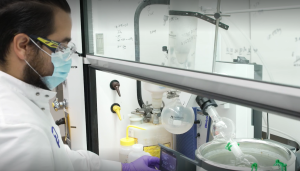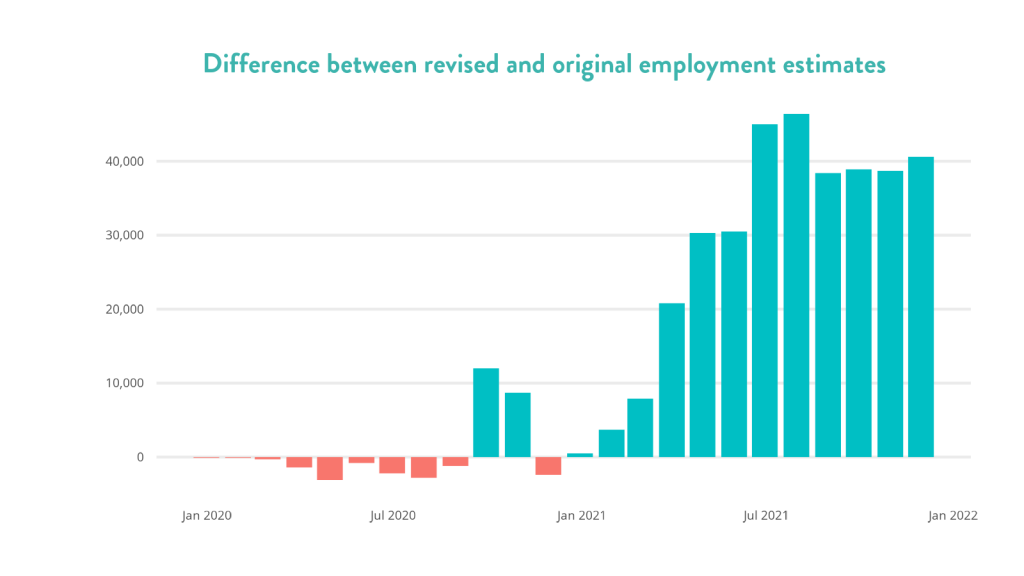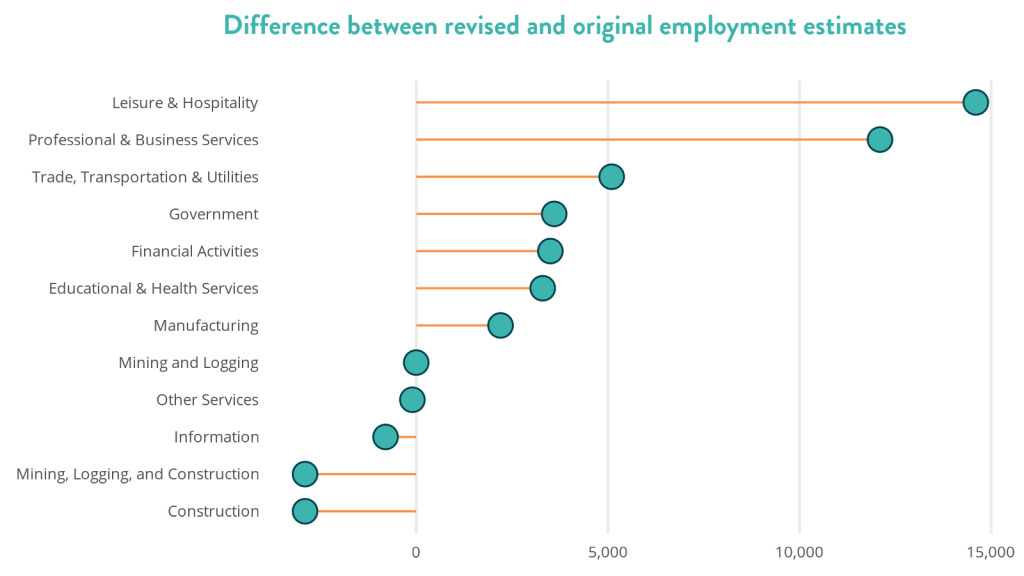October update: Implementing actionable insights
EDC Investors and Partners,
I hope you are enjoying the early days of fall in San Diego.
Those of you who have worked closely with our team at EDC over the last decade know that our core values have long been integrity, accountability, collaboration, and inclusion. We strive to ensure that these principles guide all that we do and are woven into the work of every team—and one of our most important teams at EDC is Research.
Our research is something I have always been quite proud of. You will frequently hear our team and board members say that everything we do at EDC starts with research. I have even heard more than one of our current board officers cite research as our organizational “superpower.”
When we reestablished the EDC Research Bureau, it was mainly to ensure that the internal decisions we were making, the goals we were setting, and the information we were providing on the San Diego economy was accurate and up-to-date. Over the years, we realized that our data and information was at its most powerful when it was being shared with audiences and decision makers outside of the organization.
More and more partners and investors began asking us to use our research to help understand the economic impact of a business or project, a certain sector of the economy, a new market or customer base, and more. Our team has partnered and worked with the Brookings Institution, AECOM, UCSD, SDSU, SANDAG, CBRE, CA EDD, County Office of Education, BW Research, and other partners to ensure that our data remains relevant, free from bias, and helpful in creating more quality jobs, skilled talent, and thriving households across our region.
As the organization has grown and the work has evolved, so has the research. Over the last year, EDC’s Research Bureau has:
- Launched the San Diego Investment Map, a digital tool to help inform development and childcare, with data from SANDAG, CBRE, YMCA, and more
- Tracked San Diego’s 2023 progress towards the 2030 Inclusive Growth goals
- Completed a five-part Artificial Intelligence and Machine Learning study with Booz Allen Hamilton
- Established the economic impact of San Diego’s RNA cluster before and beyond the COVID-19 pandemic with 1STRAND
- Released the fifth biennial cybersecurity economic impact study with the Cyber Center of Excellence
And as the challenges, opportunities, and work pertaining to talent, equity and diversity, cost of living, and technology continue to evolve, we will again make sure that our team is moving and changing as well. In the year ahead, our Research Bureau will focus on better understanding and supporting the changing needs of small business as well as the ‘future of work’ and its impact on commercial real estate.
If interested in sponsoring and investing in our research into 2024, we welcome those conversations and opportunities. Please reach out to Eduardo Velasquez—our Sr. Director of Research and Economic Development—if you would like to learn more. After all these years, I can still assure you that everything we do at EDC starts with research, just as I can assure you that an investment in our EDC research team is an investment in accountability, integrity, collaboration, and inclusion.
Thanks as always for your leadership, partnership, and support.

Mark Cafferty
President & CEO
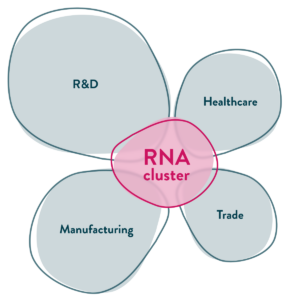
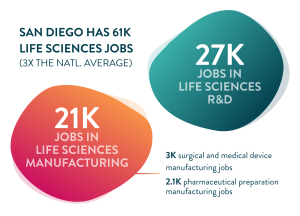 Life Sciences is an integral and rapidly growing piece of the San Diego regional economy. In 2021 alone, San Diego Life Sciences companies pulled in 13.1 percent of the $38.6 billion invested into Life Sciences nationwide. Supporting this growth, San Diego ranks fourth (4,300 in 2020) in Life Sciences degree completions among peer metros. Future and ongoing investment in Life Sciences companies and talent—most especially around compensation and accessibility—will ensure the longevity of this high impact industry and support its ability to compete.
Life Sciences is an integral and rapidly growing piece of the San Diego regional economy. In 2021 alone, San Diego Life Sciences companies pulled in 13.1 percent of the $38.6 billion invested into Life Sciences nationwide. Supporting this growth, San Diego ranks fourth (4,300 in 2020) in Life Sciences degree completions among peer metros. Future and ongoing investment in Life Sciences companies and talent—most especially around compensation and accessibility—will ensure the longevity of this high impact industry and support its ability to compete.